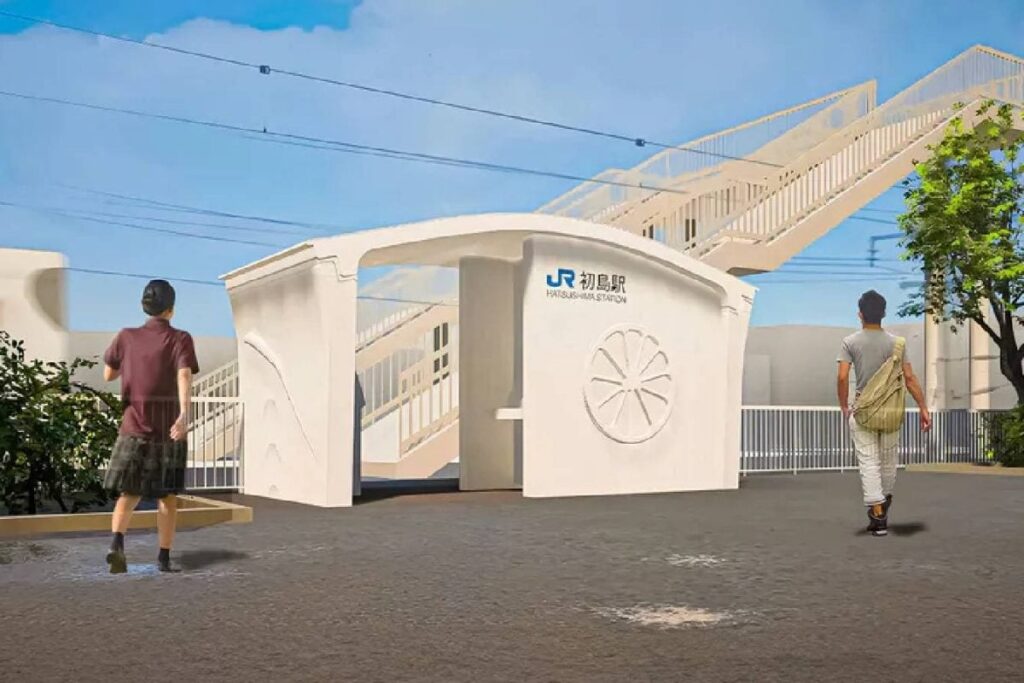In a global first, Japan has constructed a railway station using 3D-printed components, completing the structure in under six hours. The new Hatsushima station, located in the coastal town of Arida in Wakayama Prefecture, replaces an older wooden facility and serves around 530 daily passengers.
Fast-Track Construction with Reduced Costs
The project was executed by Serendix, a Japanese construction startup, in collaboration with West Japan Railway Company (JR West). Traditional construction would have taken over two months and cost double the amount. Instead, prefabricated 3D-printed parts were created in a factory located 500 miles away in Kumamoto Prefecture and transported to the site.
Overnight Assembly Between Train Services
Assembly began immediately after the last train left at 11:57 p.m. A crane positioned the printed concrete components near the old station, and the new structure was completed before the first train arrived at 5:45 a.m. the following morning.

Compact Structure with Pending Finishing Touches
The new building is smaller than the previous one, occupying just over 100 square feet. Although the structure is in place, interior fittings such as ticket machines and IC card readers are yet to be installed. The station is expected to open to the public in July.
Innovation to Address Labor and Environmental Challenges
Hatsushima was selected due to its seaside location, allowing JR West to test how the structure withstands exposure to salty air. The company is also exploring 3D-printing as a solution to labor shortages in the construction sector.
Fewer Workers, Faster Output
JR West Innovations president Ryo Kawamoto emphasized the broader implications of the project, noting that 3D printing drastically reduces the need for manpower. This technology could become a key tool in streamlining future infrastructure developments across Japan.
